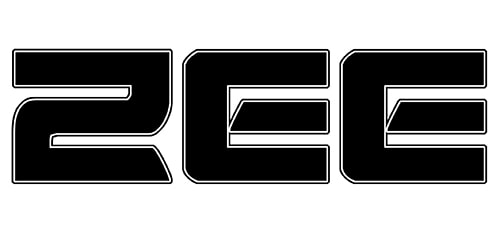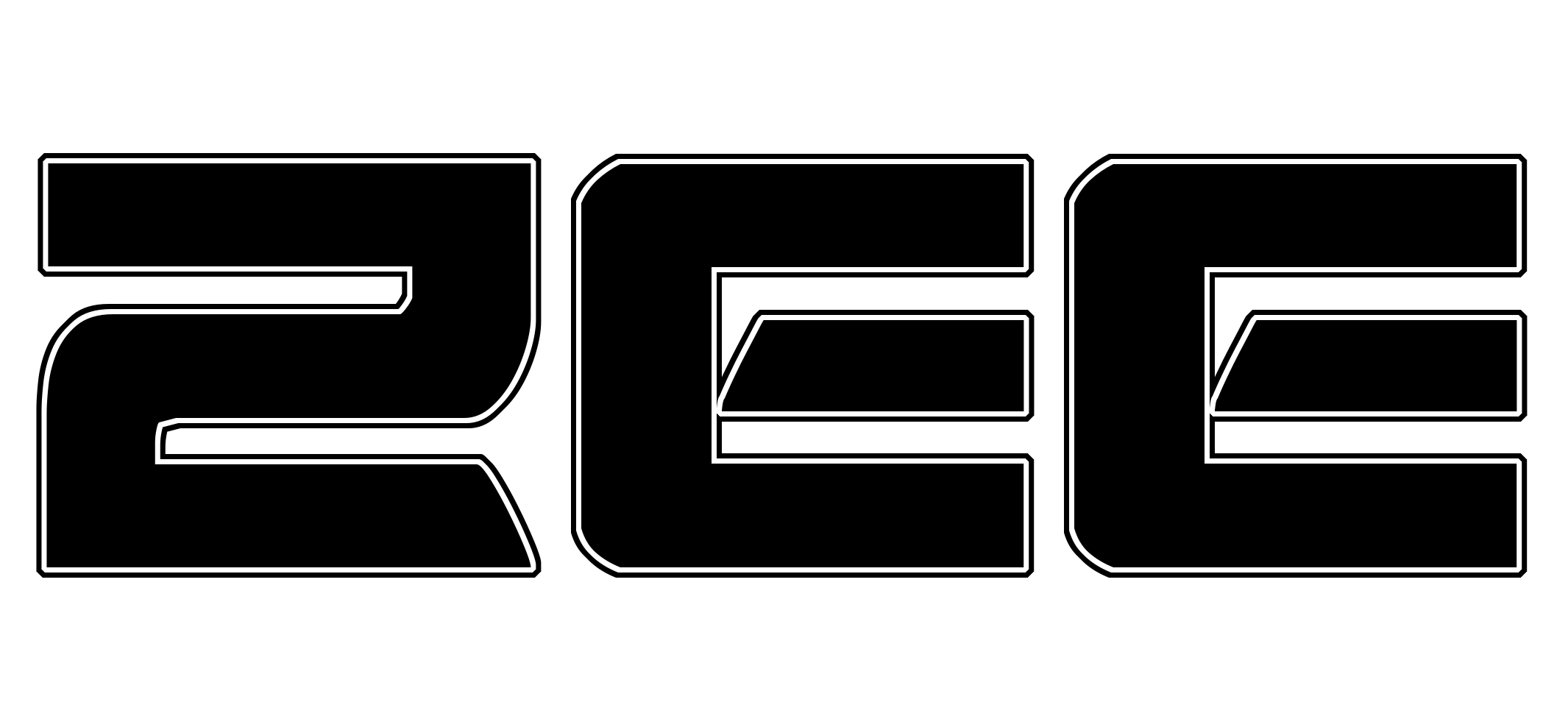The Field of Play:
A Goalie War field is 20 – 28 yards long by 22 – 30 yards wide depending on the player’s age. The Goalie War field is divided into two halves by a halfway line. A center mark is located at the midpoint of the halfway line with a circle around it. The area within the circle is approximately 10 feet in diameter and called the neutral zone. The box in front of the goal is called the goal area. The area outside the box is called the penalty area.
The Ball:
Only one ball is permitted on the field of play during a Goalie War match. Standard size five soccer balls will be used for all goalkeepers age groups U13 and older. Size 4 balls will be used for all U12 and younger players.
The Number of Players:
A Goalkeeper War is played by two players. Each player may have a coach and no more than 2 Ball Handlers to retrieve and supply balls for distribution.
The Duration:
A Goalkeeper War lasts 2 equal periods of 5 (five) minutes each with a three 5 minute interval in between halves (due to heat).
The Start of Play:
The Referee decides which goal each player will defend to start the Goalkeeper War. In the second half, the players swap ends and defend the opposite goal. A Goalkeeper War begins by the Referee placing the ball on the center mark. Players must be standing behind their respective goal lines. The Referee blows the whistle to start play. The player that reaches the ball first will initiate the distribution that starts the Goalkeeper War. Slide tackling is prohibited and will be penalized with a free throw/kick.
Method of Scoring:
Distribution is the method by which goals are scored. A player may distribute the ball in any of the following ways: Throwing, Punting, Bowling, Kicking, Drop Kicking or even Heading. A player may only distribute the ball once during their possession. A player must distribute the ball within 6 seconds of taking possession, in failing to do so the ball is given to the opponent player. A goal is scored when the whole of the ball passes over the goal line, provided that no infringement of the Rules of Engagement has been committed. The player scoring the greater number of goals during the Goalkeeper War is considered the winner. There is 1 point per goal, no matter with what part of the body it is scored.
Ball In and Out of Play:
The ball is out of play when it has completely crossed the goal line or touchline whether on the ground or in the air or when play has been stopped by the referee. The goalkeeper, on whose half the ball went out of bounds, initiates the next distribution. The ball is in play at all other times, including when it rebounds from a player, referee, goalpost, crossbar or corner flag and remains on the field of play.
Fouls:
- Hand Ball: Players may not touch the ball with their hands outside their goal area.
- Offside: A player is in an offside position if he or she crosses the halfway line, outside the neutral zone, and enters her opponent’s penalty area.
- Delay of game: A player may not delay the game. Failure to distribute the ball within 6 seconds is considered delay of game and the ball will be given to the opponent player.
- Penalty Kicks:
- All fouls result in a change of possession and penalty kick being awarded to the opposing player. There are no penalty kicks awarded in this version of Goalkeeper Wars
Points for games:
Winners: 3 pts
Draw: 1 pt
Loss: 0 pts
Series Format:
- Each goalkeeper is guaranteed 3 games during regulation and a possible semi-final and final.
- During the Championship Round if there is a draw, the following will be used to determine the winner a
3-minute overtime period will be played. - If the score still remains tied, there will be a penalty kick shootout to determine the winner. A penalty
kick round consists of each keeper taking one penalty shot from a spot 12 yards from goal, as in
regulation play. All FIFA rules apply during the penalty shootout. Goalkeepers will take alternate kicks
until one gains the advantage after a complete round.

